Listed-building mistakes and how to solve them
What happens when the details of listed buildings are inaccurate? Lucy Denton investigates.
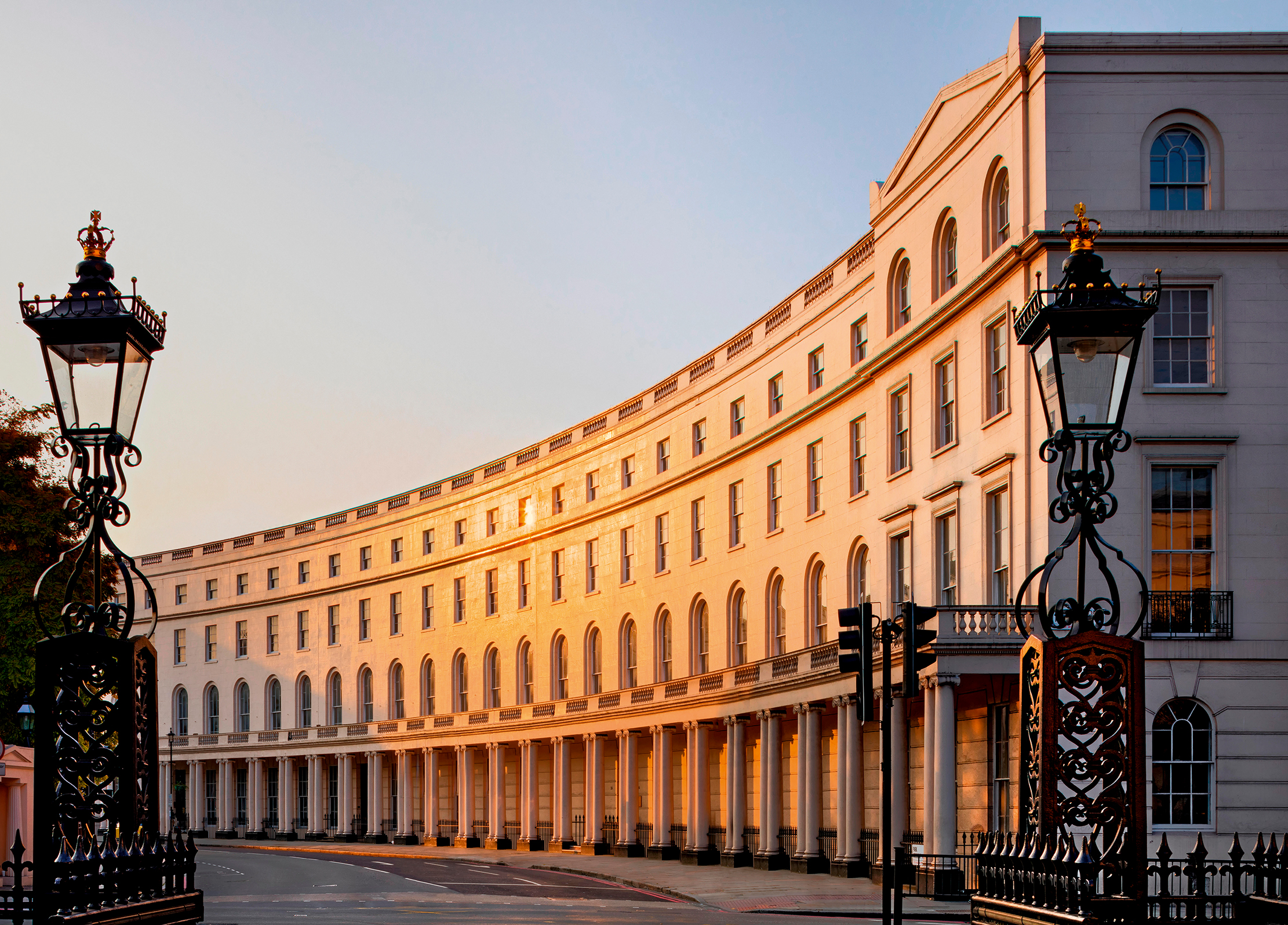

'We thought we had bought an 18th-century house’, says one homeowner of his pretty, Grade II-listed, thatched cottage in countryfied southern England, ‘but were taken aback to find out our garden wall was once the end of a Victorian latrine.’
Recent research on his property, acquired more than 15 years ago, uncovered an unlikely provenance — a compelling snippet of social history, not as a polite Georgian abode, but as one-time Poor Law Union lodgings, home to paupers crammed into a crude, rubble construction and set to work as labourers. The site was almost completely rebuilt in the mid 19th century and remodelled in modern times — unacknowledged in its formal listed-building description maintained by Historic England and apparently not referred to in sale details.
Occasional errors or omissions in the understanding of a house’s history are more likely to crop up when investigation is prompted, often for planning purposes and listed-building consent. However, the confidence that owners and potential buyers should have in formal descriptions found in the National Heritage List for England, or histories supplied with particulars, and what they can do about inaccuracies, is not always clear and appears to be legally untested. List entries, often written up as cursory details in older versions yet to be updated, are not meant to be meticulously detailed accounts.
‘What really matters,’ says Deborah Mays, head of listing at Historic England, ‘is that a property is listed and, therefore, needs to be protected. It provides guidance, not a definitive history.’
When the process of statutory designation began in 1947 under the Town and Country Planning Act, the purpose was to aid identification by providing an address, a simple means of knowing where the building was. Now that there are nearly 380,000 listed buildings on that register, keeping the details updated has become a more protracted process that includes revising hundreds of old records.
In order to examine new evidence, ‘Historic England takes on 50 case assessments every year, which is really working at capacity,’ says Dr Mays, adding: ‘We are keen to hear of any errors. We often don’t get told about fire damage for several years.’ She encourages local authorities and owners to let them know about amendments as soon as possible: ‘We offer assistance at any point — there is no lack of ways to get in touch with us.’
House histories are becoming a booming business and appreciating architectural and social attribution is increasingly important not only to buyers, but agents, planners and developers, especially with the increasing pressures of building and a robust housing market. ‘The higher the value and the more renowned the buyer, then proof of provenance becomes more important,’ says James Mackenzie, senior director at Strutt & Parker.
Sign up for the Country Life Newsletter
Exquisite houses, the beauty of Nature, and how to get the most from your life, straight to your inbox.
The desirability of in-depth documentary investigation is highlighted by Victoria Perry, practice director at architects Donald Insall Associates, where specialist historical researchers discovered that a quadrant of houses in central London, designated Grade I as an original, early-19th-century example of architectural virtuoso John Nash’s grand, Regency repertoire for his royal client, had actually been completely reconstructed post-war in the 1960s as imitations.
‘We do archive research for every single building,’ explains Dr Perry, especially as ‘only one in 100 entries have a detailed description sufficient for architectural work. There is quite a nuanced tapestry of heritage significance and I would suggest research is done before you start any design.’
The outcome of proper assessment was a sensitive reconstruction of this exquisite composition, replicating designs by Nash, and taking aesthetic reference from other examples of his work.
Oversights such as this have, so far, never been formally compensated, perhaps because the intrinsic value of buildings is viewed in a different way to that of a work of art sold at auction. ‘It’s important to avoid common misconceptions about listing descriptions,’ notes Karen Phull, partner at Farrer & Co.
‘They are not meant to be exhaustive, but rather identify the location of a listed building. If your decision to buy is influenced by its historic significance, make sure that you carry out your due diligence by instructing a heritage consultant first. They can provide a more definitive understanding of the history of the building through archival research and onsite analysis. Don’t rely on the listing description alone.’
Edward Rook, head of the country department at Knight Frank, points out that, ‘since 1991, we have been governed by the Property Misdescriptions Act, superseded in 2013 by the Consumer Protection Regulations and Business Protection Regulations. Estate agents can be prosecuted if they provide false or misleading statements. The effect of this is that if there is no evidence of the original date of a property, then the detail is left out or it is heavily caveated’.
The advice, therefore, if you are thinking of buying or hoping to make alterations to a listed building, is to do research upfront, check what you can using national and local archives, photographic collections and other primary sources.
Most importantly, ‘get advice,’ suggests Charlie Gaines of the Listed Property Owners’ Club. ‘Bringing in a historic-building specialist can reduce the risk, espe-cially because many of the Grade-II descriptions are limited and houses were only briefly seen from the exterior.’
This is a pertinent point, as the mistake is often made that the description captures all that is statutorily covered: ‘Often, list entries only describe the front elevation and yet, legally, the designation typically extends to the entire property. This can include extensions, outbuildings and other structures within the curtilage of the building described,’ confirms Henry Ryde, director at Savills’ heritage and townscape team.
Whether palace or gatehouse, buildings are ‘works of art in their own way,’ says Crispin Holborow of Savills, so it is a good idea to understand whether you have a masterpiece or misattribution — and let Historic England know.

Credit: Strutt and Parker
Best country houses for sale this week
An irresistible West Country cottage and a magnificent Cumbrian country house make our pick of the finest country houses for
Country Life is unlike any other magazine: the only glossy weekly on the newsstand and the only magazine that has been guest-edited by HRH The King not once, but twice. It is a celebration of modern rural life and all its diverse joys and pleasures — that was first published in Queen Victoria's Diamond Jubilee year. Our eclectic mixture of witty and informative content — from the most up-to-date property news and commentary and a coveted glimpse inside some of the UK's best houses and gardens, to gardening, the arts and interior design, written by experts in their field — still cannot be found in print or online, anywhere else.
-
 'Monolithic, multi-layered and quite, quite magnificent. This was love at first bite': Tom Parker Bowles on his lifelong love affair with lasagne
'Monolithic, multi-layered and quite, quite magnificent. This was love at first bite': Tom Parker Bowles on his lifelong love affair with lasagneAn upwardly mobile spaghetti Bolognese, lasagne al forno, with oozing béchamel and layered meaty magnificence, is a bona fide comfort classic, declares Tom Parker Bowles.
By Tom Parker Bowles Published
-
 Country houses, cream teas and Baywatch: Country Life Quiz of the Day, April 24, 2025
Country houses, cream teas and Baywatch: Country Life Quiz of the Day, April 24, 2025Thursday's Quiz of the Day asks exactly how popular Baywatch became.
By Toby Keel Published
-
 A day walking up and down the UK's most expensive street
A day walking up and down the UK's most expensive streetWinnington Road in Hampstead has an average house price of £11.9 million. But what's it really like? Lotte Brundle went to find out.
By Lotte Brundle Last updated
-
 Damon Hill's former home in Marbella is the perfect place to slow down
Damon Hill's former home in Marbella is the perfect place to slow downThe glorious Andalusian-style villa is found within the Lomas de Marbella Club and just a short walk from the beach.
By James Fisher Published
-
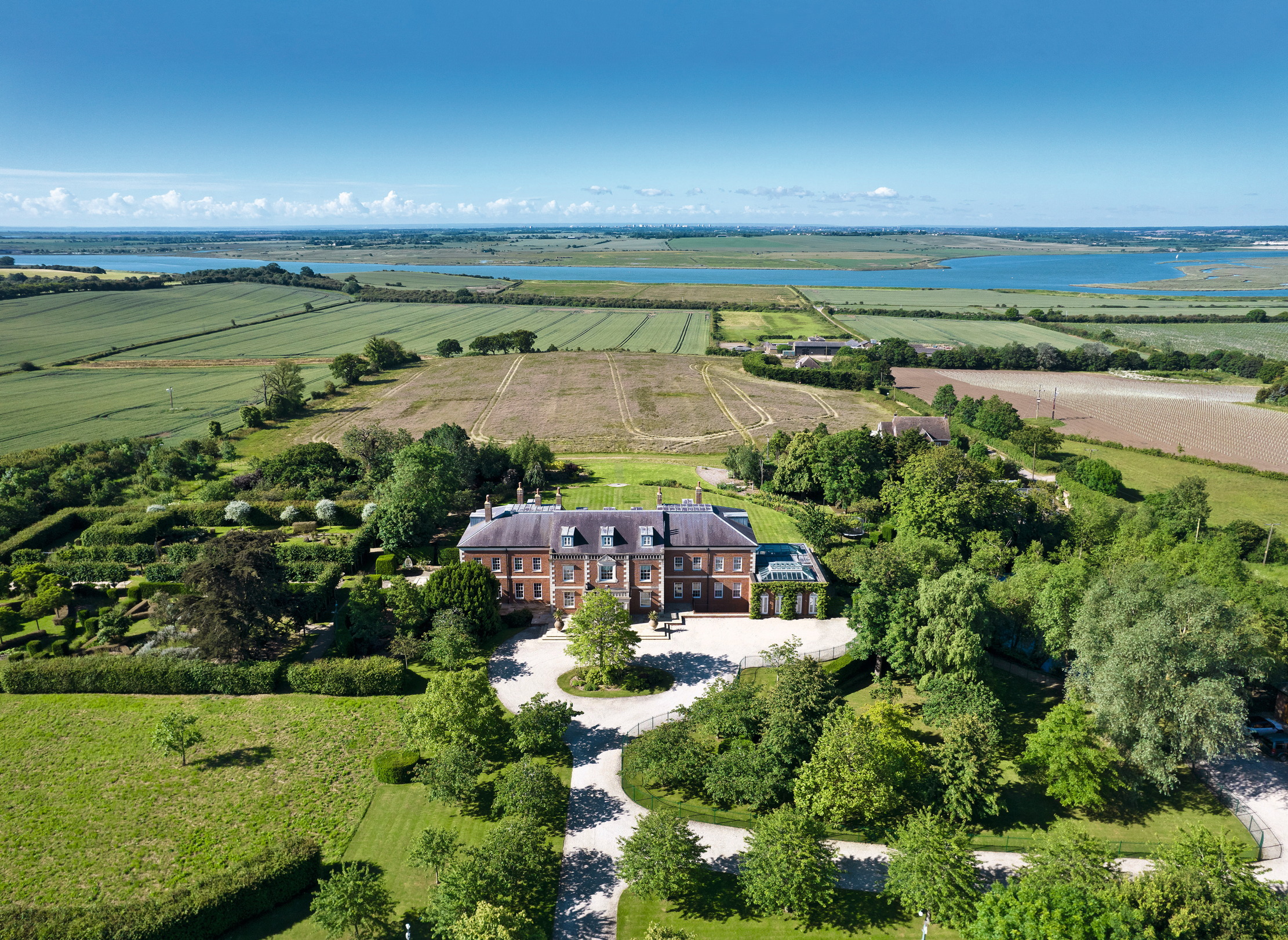 A 327-acre estate in the heart of 'England’s Côte d’Or', with a 26,000sq ft Georgian style home at its heart
A 327-acre estate in the heart of 'England’s Côte d’Or', with a 26,000sq ft Georgian style home at its heartStokes Hall in the Crouch Valley is an inspiring property looking for a new owner.
By Penny Churchill Published
-
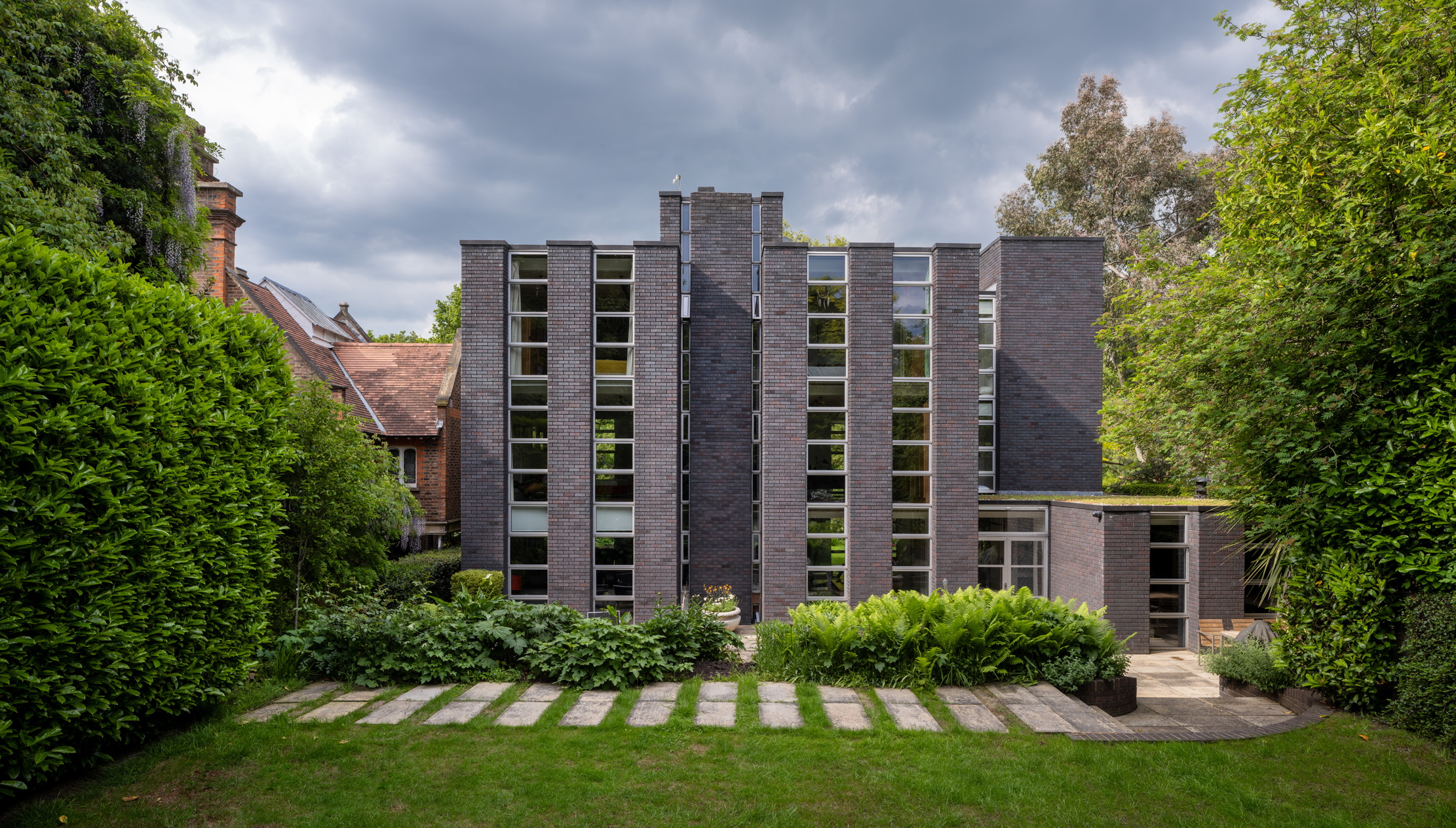 Schreiber House, 'the most significant London townhouse of the second half of the 20th century', is up for sale
Schreiber House, 'the most significant London townhouse of the second half of the 20th century', is up for saleThe five-bedroom Modernist masterpiece sits on the edge of Hampstead Heath.
By Lotte Brundle Published
-
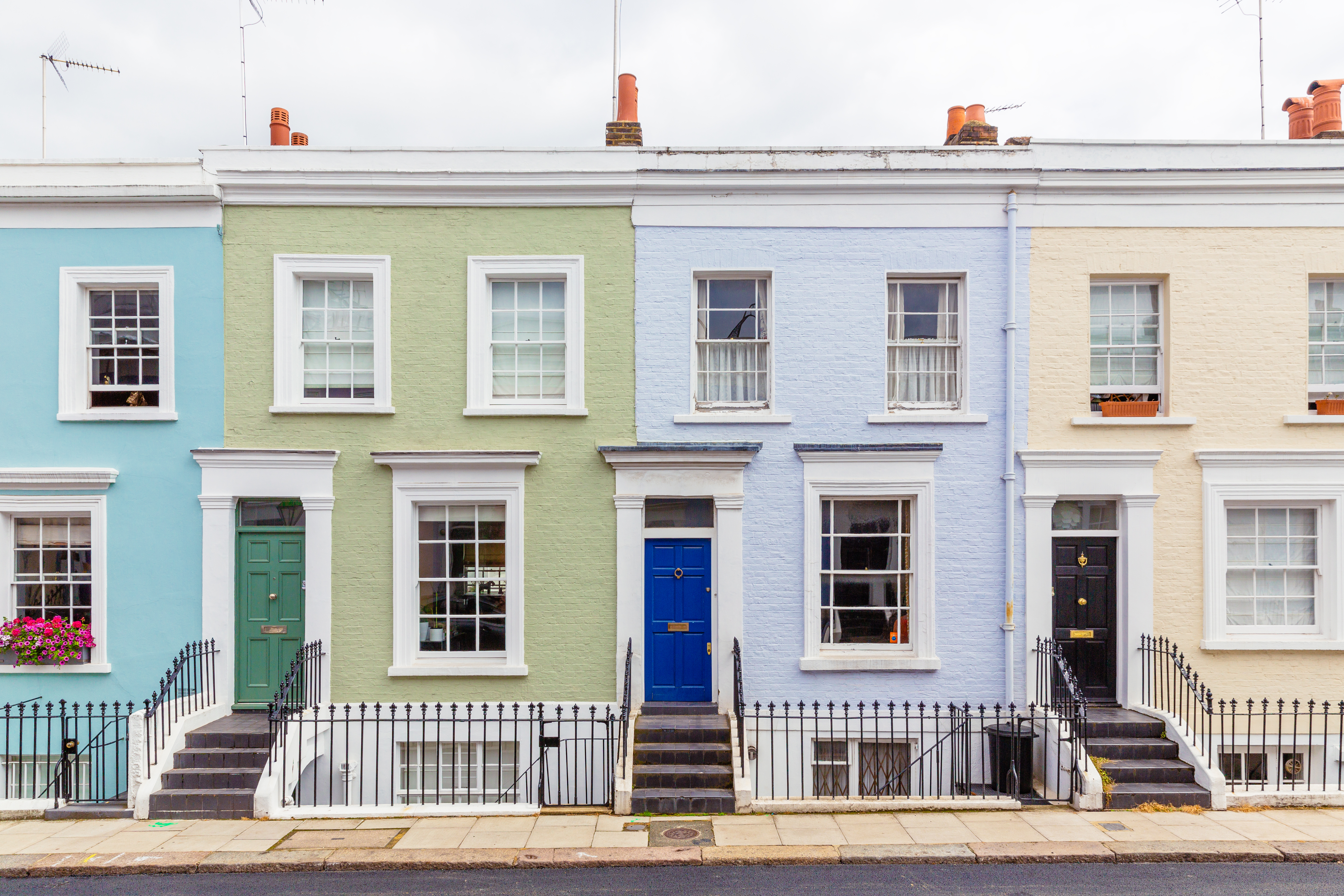 Is the 'race for space' officially over?
Is the 'race for space' officially over?During the lockdowns, many thought the countryside was the place to be. It seems many are now changing their minds.
By Annabel Dixon Last updated
-
 What's a 'wellness village' and will it tempt you back into the office?
What's a 'wellness village' and will it tempt you back into the office?The team behind London's first mixed-use ‘wellness village’ says it has the magic formula for tempting workers back into offices.
By Annunciata Elwes Published
-
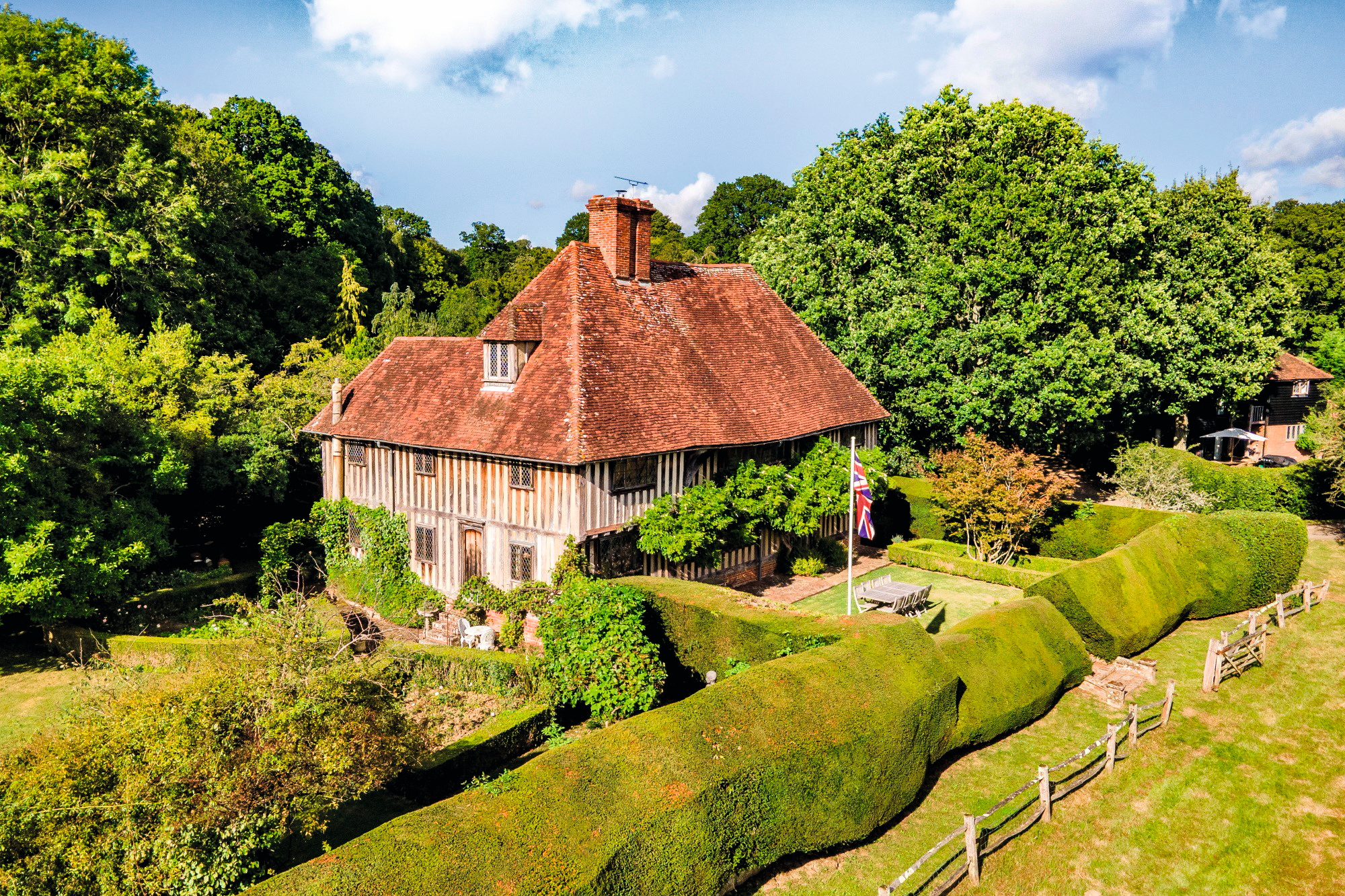 A mini estate in Kent that's so lovely it once featured in Simon Schama's 'History of Britain'
A mini estate in Kent that's so lovely it once featured in Simon Schama's 'History of Britain'The Paper Mill estate is a picture-postcard in the Garden of England.
By Penny Churchill Published
-
 Hidden excellence in a £7.5 million north London home
Hidden excellence in a £7.5 million north London homeBehind the traditional façades of Provost Road, you will find something very special.
By James Fisher Published
